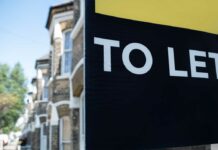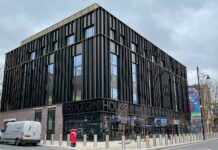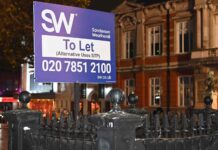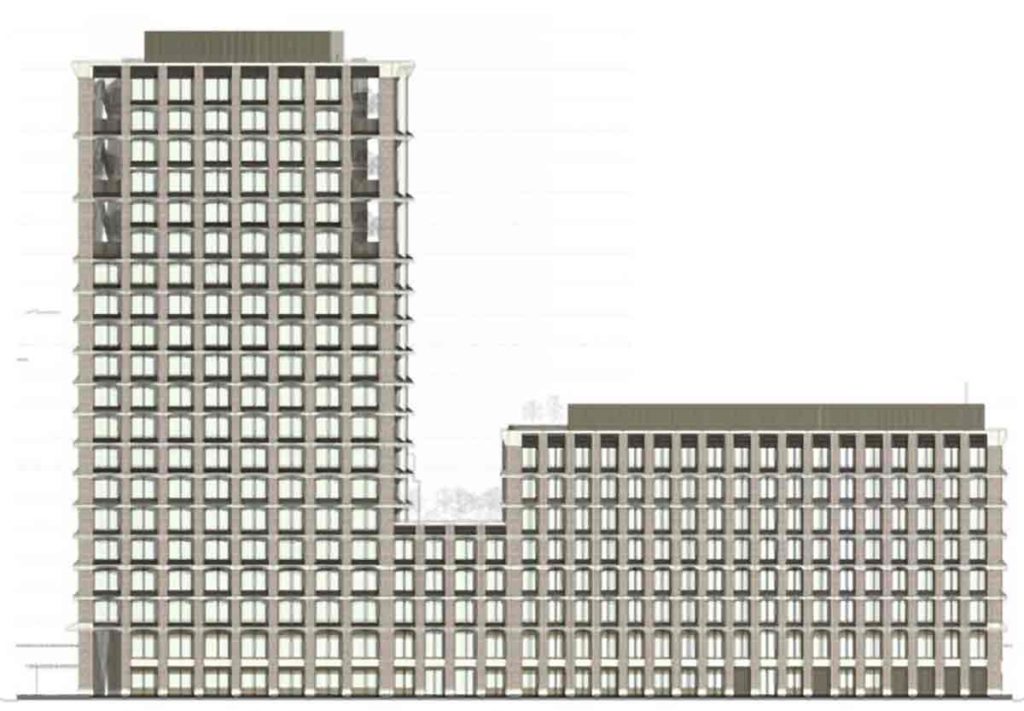
The Victorian Society, a charity that campaigns for historic environments, has called on London mayor Sadiq Khan to overturn Lambeth council approval of plans for a 20-storey tower on Pope’s Road in central Brixton.
It points to research showing that electricity consumption of tall office buildings can be more than twice as much per square metre as that of low rise ones.
Khan recently decided to reconsider an initial agreement to the plans because not all objections had been received.
The tower would be built by an Amsterdam-based company, AG Hondo Popes Road BV, controlled by the New York finance giant Angelo Gordon. The site is still owned by Sports Direct which has a shop there
The Society said it hopes environmental evidence could alter the balance in favour of the campaign to stop the tower.
It said 2017 research by University College London (UCL) highlights rapidly increasing rates of energy use and CO2 emission once buildings go above six storeys.
The society said: “Lambeth council proudly claims to be the first borough to have declared a climate emergency, but it does not seem to have adequately considered the high-rise development’s environmental impact, raising the question of whether it is serious about meeting its climate change targets.”
Philip Steadman, emeritus professor of urban and built form studies at UCL, said: “Office and residential buildings use more energy in operation, per square metre of floor area, the taller they are.
“If high-rise office buildings of 20 storeys and above are compared with low-rise ones of six-storeys and below, electricity use in high-rise, per square metre of floor area, is found to be nearly two and a half times that in low-rise.
“Gas use also increases with height, by around 40%, going from low-rise to high-rise.
“As a result, total carbon emissions from the two fuels together are twice as great in the high-rise buildings.
“At 20-storeys, the Hondo tower rises well above surrounding buildings, and will be exposed to the strong winds and more sunshine that seem to cause these energy effects. It is also highly glazed, which will exacerbate the problems.”
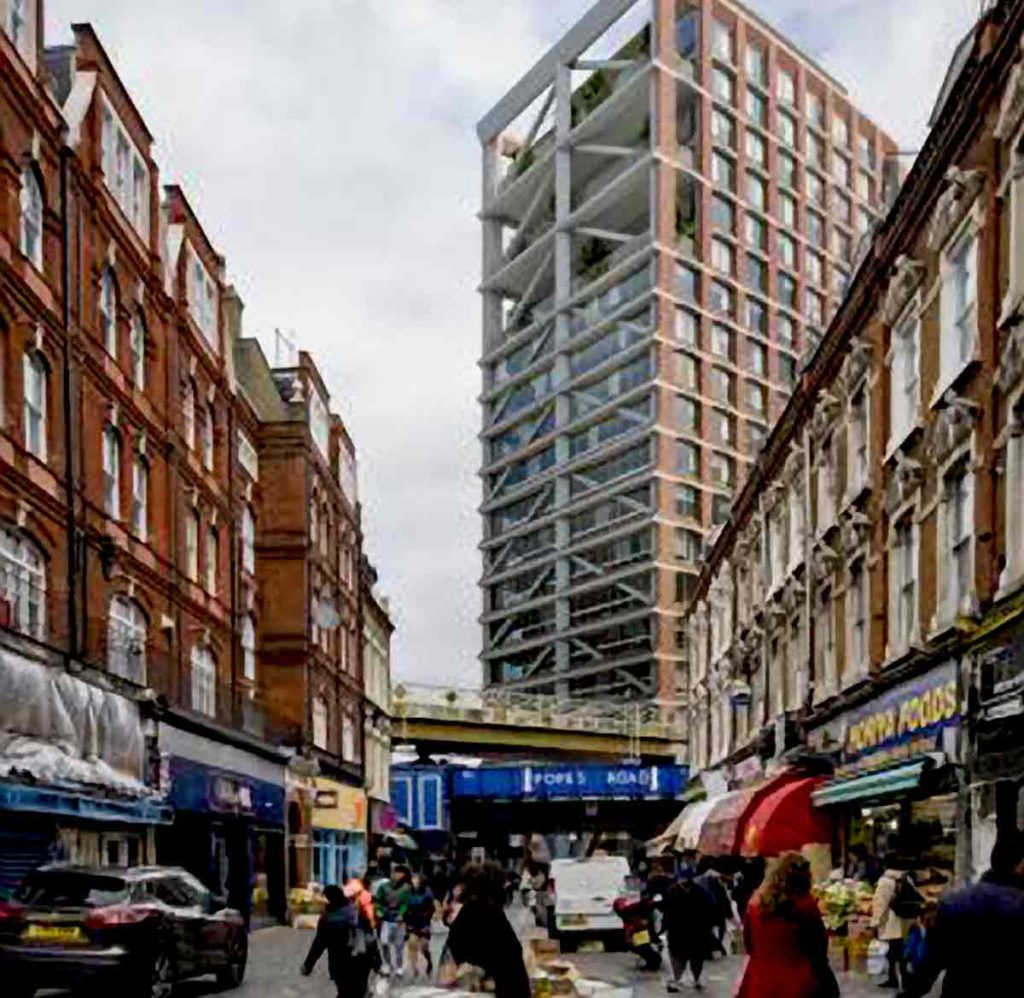
Stephen Hill, Director of C2O futureplanners and a sustainable planning advocate, asked: “Are we serious about the climate emergency and sustainable development, or not?
“What possible justification can there being for designing, let alone approving, tall buildings, when Prof. Steadman’s evidence shows how environmentally damaging and wasteful they are?
“Going ahead with any new tall building means building something that may well be environmentally obsolete from Day 1, and will simply make it harder to reach the zero carbon goals of the future, without further expensive investment.
“And who will pay for that, and how?
“It’s no excuse to say that we have done this before, or others are still doing it.
“One more tall building is a step in the wrong direction.”
The Victorian Society said its objection focuses on the development’s “towering height” which would overshadow nearby historic buildings.
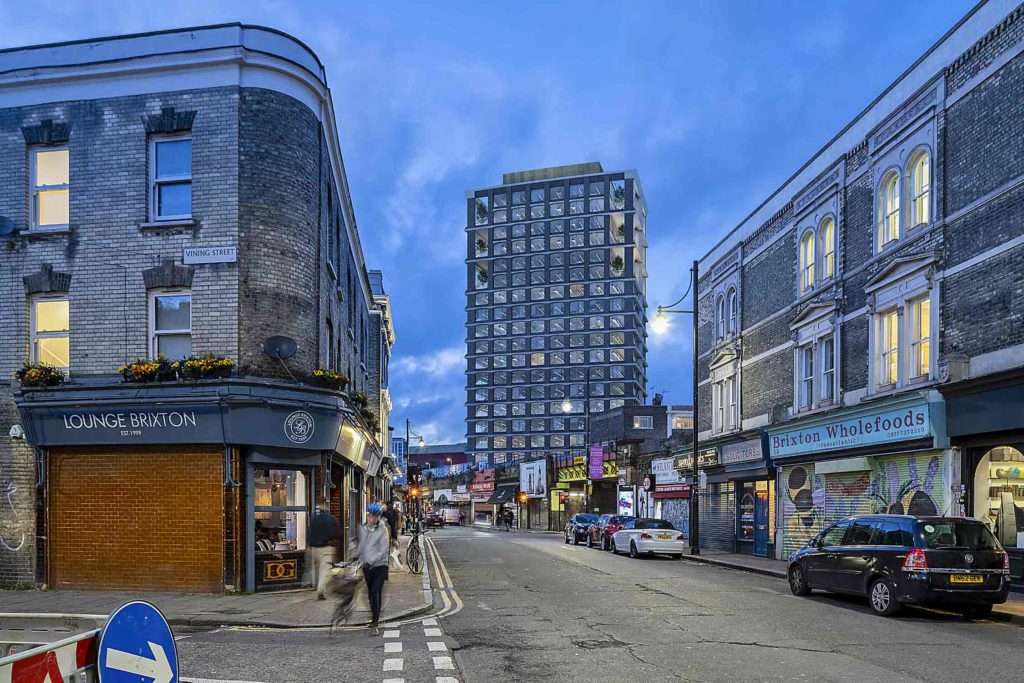
It said there was a danger of the scheme setting a precedent for further tall buildings in the area – risking the complete ersion of Brixton’s special character over time.
“This new research also adds a new environmental aspect to the decision.”
Olivia Stockdale, conservation adviser for the Victorian Society said: “This area of Brixton retains its character as a predominantly Victorian town centre.
“Building a 20-storey tower next to this conservation area demonstrates a total failure to understand and respond to the context of the area.
“Buildings of this height may be appropriate elsewhere in London, but not here.
“The proposals would overshadow the surrounding buildings, including the historic Electric Avenue which, when built in the 1880s, was the first market street lit by electric lights.
“This environmental evidence should be the final straw which results in the Mayor rejecting the plans.
“In any event, it is unclear if there will ever be sufficient office demand in Brixton post Covid-19 to fill this huge tower.”
The Victorian Society’s letter to the mayor

